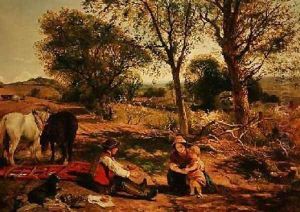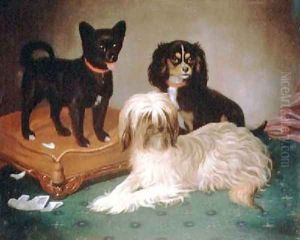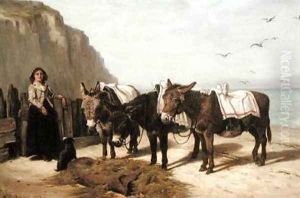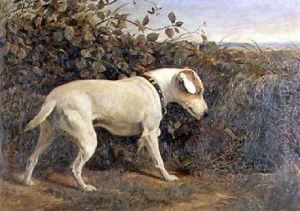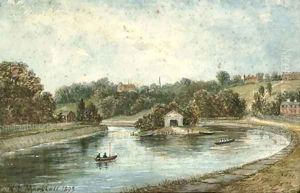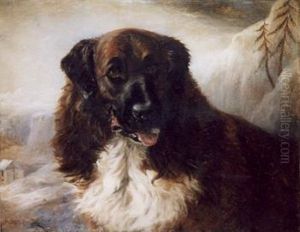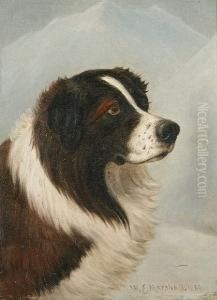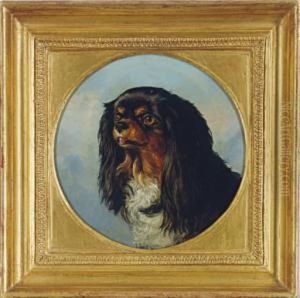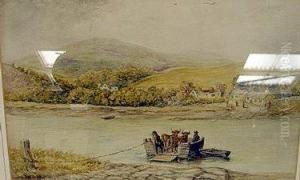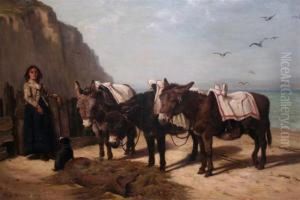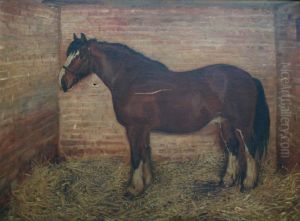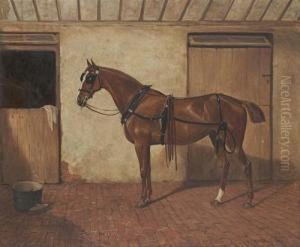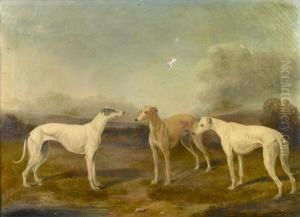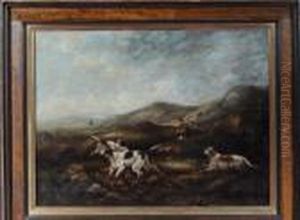William Elsob Marshall Paintings
William Elsob Marshall was an English engraver and illustrator, known for his meticulous works and contribution to the art of engraving during the late 19th and early 20th centuries. Born in 1849, Marshall's artistic journey began at an early age, influenced by the rich cultural heritage of England and the burgeoning art scene of the Victorian era. His skill in engraving, a form of printmaking where the artist incises a design onto a hard surface, by cutting grooves into it, set him apart from his contemporaries.
Marshall's work was characterized by its precision and attention to detail, qualities that earned him recognition and respect in the art world. He was adept at both traditional subjects, such as landscapes and portraits, as well as more contemporary scenes, capturing the essence and vibrancy of his era. His engravings were not only appreciated for their artistic merit but also for their ability to communicate complex narratives and emotions, making them highly sought after by collectors and galleries.
Throughout his career, Marshall was involved in several significant projects, including illustrations for books and periodicals, which helped popularize the art of engraving among the wider public. His contributions to various publications were particularly noted for their elegance and clarity, showcasing his ability to adapt his skills to different themes and formats.
Despite the advent of photographic processes that challenged the traditional role of engraving in printmaking, Marshall continued to innovate and maintain the relevance of his craft. He explored new techniques and materials, always striving to enhance the quality and impact of his work.
William Elsob Marshall passed away in 1920, leaving behind a legacy that has influenced generations of engravers and illustrators. His dedication to the art form and his ability to capture the spirit of his time has ensured that his works remain celebrated and studied by art historians and enthusiasts alike.
